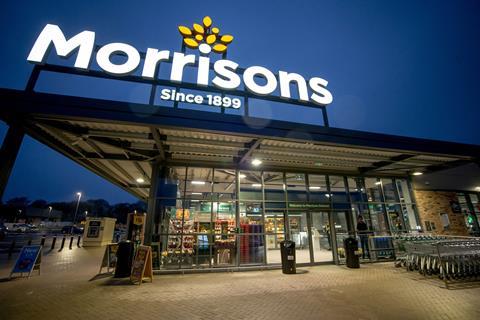
In today’s retail landscape, businesses need to adapt quickly and effectively to survive. Understanding behaviours, needs and expectations has never been more important in winning and retaining customers.
That has been clearly taken on board by Morrisons, which recently announced it will be inviting customers to join management meetings and roundtable discussions. The unorthodox approach sparked questions as to how retailers can truly get closer to customer-centricity.
I work with many business leaders on the execution of their transformation strategies, and one piece of guidance I share is to look at who has a seat at the top table. Leaders and senior teams are highly experienced. But this experience can hold us back, as we can get stuck in a cycle of what we know and what has worked before, which can stop us from leaning into change. If you throw a customer into the mix, it could potentially disrupt the status quo – in a good way.
If you’re seeking innovation and creativity in meeting or exceeding customers’ expectations, you need someone to challenge your teams. Punks, pirates or mavericks are the ones who see things differently, but they are critical for the future success of business innovation. And for Morrisons, it seems the customer may be getting its shot.
They have good reason to think this way. Many businesses talk about being customer-centric, but not all of them actually are. They will often discuss who their customer is, but haven’t ever actually spoken to one in a useful way to understand what they need, want, or expect. A big part of being truly customer-centric is about empathy, curiosity and understanding their actual experience in being a customer to your organisation, and what you consistently offer.
It is crucial to get them closer to what you are developing, creating and delivering. Receiving authentic feedback will allow you to design and adapt product ranges or in-store and digital experiences quickly. It’s about constantly optimising the customer experience – this evolution never stops.
Getting customers into management meetings and roundtable discussions is only one solution, and it won’t be the one everyone adopts. Change needs to happen up and down the value chain, especially if getting closer to the customer and their loyalty is the end goal.
Teams need to get out into the customer’s world and think like a customer, maybe even become one. They need to work together to gain that deeper understanding with data insight of customer behaviour, learning what aspects of the entire value chain need to be experimented with, changed, or improved, including that final path to purchase and delight.
It’s also about looking at the bigger picture. No matter what business you are – a retailer or a brand – you know at the end of the day your customer is not just your customer. They do shop elsewhere and they are customers of other businesses that aren’t even your direct competitors. But what really stands out? The experience. People are very familiar with a good experience and will not hold back on judging you by those standards.
It’s no longer just about looking at why your customers are shopping with the competition. Success can also be found in looking further afield, at the services and sectors that provide a good experience, and using that to inspire innovation closer to home.



















No comments yet